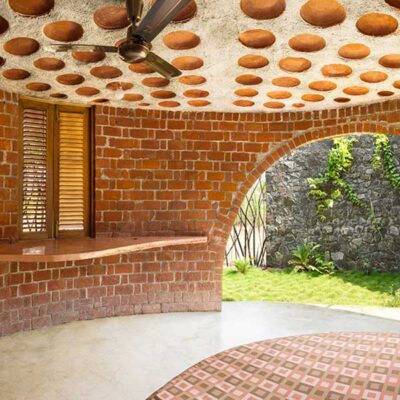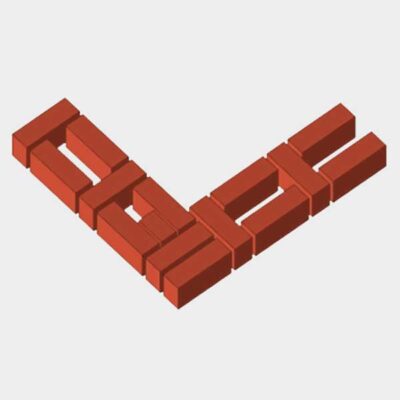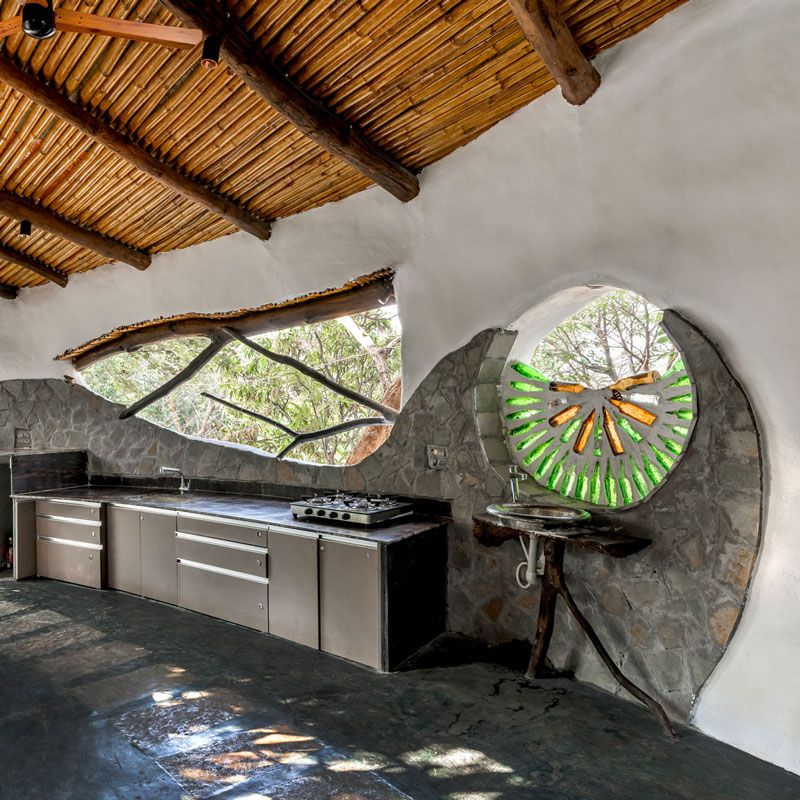Filler slab
Table of Contents
ToggleWhat is filler slab
Filler slab is alternate slab construction technology where part of concrete in bottom of slab is replaced by filler material. The basic principal is that the concrete in bottom half of RCC slab is structurally not required as concrete acts as compression material which is required in top half portion of slab. So this portion concrete is replaced by low cost, light weight filler material like mangalore tile, clay pots etc.
Filler slab roof construction
Once the shuttering is done, the reinforcements are laid in grid form. The size of grid depends on structural design and size of filler material. For example, grid of 35cm X 50cm is used for magalore tile as filler material and grid of 45cm X 45cm is used for clay pots of 40cm diameter filler. The filler material to be soaked in water before casting so that it does not absorb water from concrete. Then the slab is cast with cement concrete similar to traditional concrete slabs.


Advantages of using filler slab roof
Concrete required in this technology is about 20% less than conventional slab construction. Due to reduced concrete, self weight of the slab is reduced and thus about 30% less steel is required, without compromising strength of the slab. This technology was used by Architect Laurie Baker in Kerala extensively.
Things to consider about filler material
Filler material should be inert. It should not react with concrete or steel It should be light weight, low cost and preferably locally available Size of filler material should be such that it fits in bottom half of the slab and structural grid of reinforcement Using material with good thermal insulation properties like clay will provide thermal comfort inside the room The filler material will be seen as part of ceiling so shape and finish of the material should be as per desired aesthetics
Click here to see project built using filler slab – Brick house at Wada and Lake house at Surat






